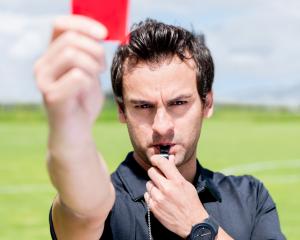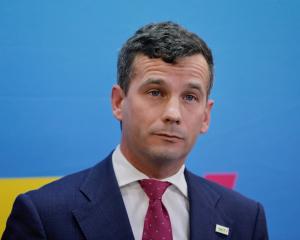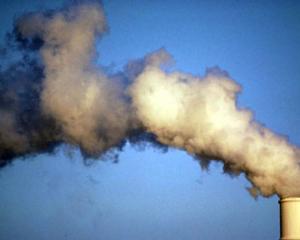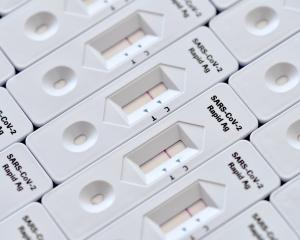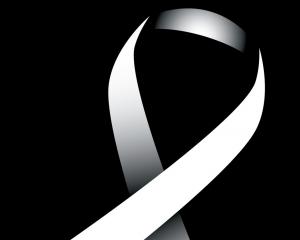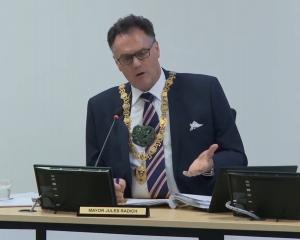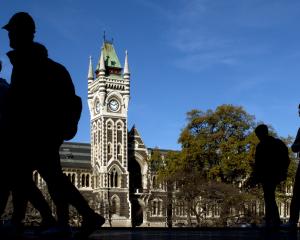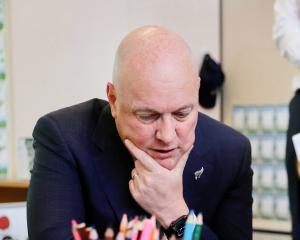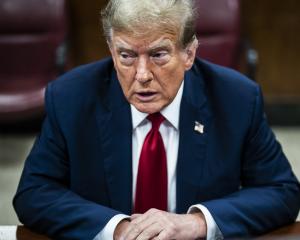
With their privileged position, the trust people place in them, and the high and unending moral standards demanded of them, we expect nothing less than perfect behaviour from priests.
But we now know only too well there are priests who have abused those in their care appallingly and exploited that trust. Many, but by no means all these abusers, have been Roman Catholic priests.
For the good priests who have dedicated their lives to the Catholic Church and to service, it is a hard row to hoe. It is easy for us to forget they also have foibles and are far from perfect — not that a genuine priest would ever claim to be that.
In the rigid and slow-moving hierarchy of the church, some priests eventually become bishops, fewer bishops are appointed as cardinals and only one man gets to hang up the cardinals’ vivid scarlet robes and don the white cassock and white silk zucchetto of the pope.
Some priests may be content to spend their life tending to the needs of their flocks. Others bury themselves in the arcane history and teachings of the 2000-year-old Catholic Church.
Others have a burning passion either for reform or preservation, a drive that makes them ambitious to become leader of the world’s 1.3 billion Catholics.
Pope Benedict XVI, who died on the last day of last year aged 95, appeared to be one of the latter, although some have also called him the "reluctant pope".
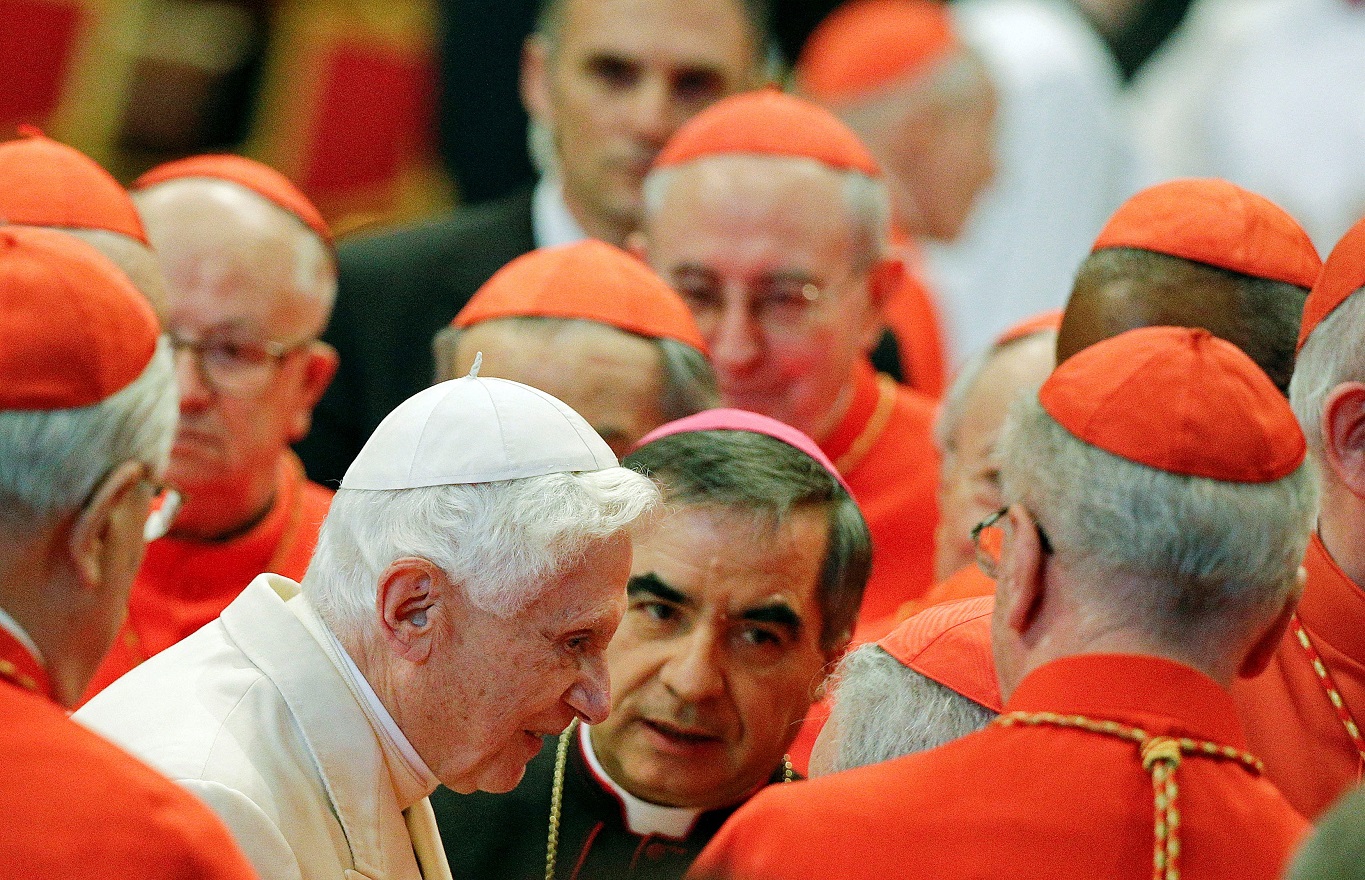
Yet for a man who was dean of the College of Cardinals and an academic powerhouse of the Vatican for more than 20 years before he was elected pope, he bucked his own innate conservatism and the tradition of the church by showing he understood his human limitations and frailties far better than previous popes, saying he had a "lack of strength of mind and body" to carry on.
When he retired from the role in 2013 after nearly eight years, he became the first pope to do so since Gregory XII in 1415. It was a surprise move that sent shockwaves through Rome and across the world, being almost akin to the reaction that an abdication by the late Queen Elizabeth II might have generated.
His subsequent appointment as Pope Emeritus, living in a monastery in the Vatican gardens, meant there were now two popes and potential problems for his successor Pope Francis. By all accounts, however, the pair rubbed along well and there was little or no interference.
But in many ways there were not just two popes but a papal triumvirate. Pope Benedict came after the long reign of John Paul II, whom he had worked and advised closely with, and, as The Guardian said in its obituary of Benedict, his time as pope was a PS to that of John Paul II.
Benedict may not have appeared as avuncular as popes Francis or John Paul II, but his successor called him a "kind and noble man", and certainly the nickname "God’s rottweiler" would seem unfair and harsh.
It’s hard to judge the legacy of somebody who retired 10 years ago. While Benedict was unreservedly conservative and won few friends among the LBGT community, some say he helped the church make the crucial steps towards acknowledging the sexual abuse and hurt some of its priests had inflicted on innocents over many decades.
It is possible that, without Pope Benedict, the leap from the old-school John Paul II era to that of the reforming Francis may have been too great for the church to make.

